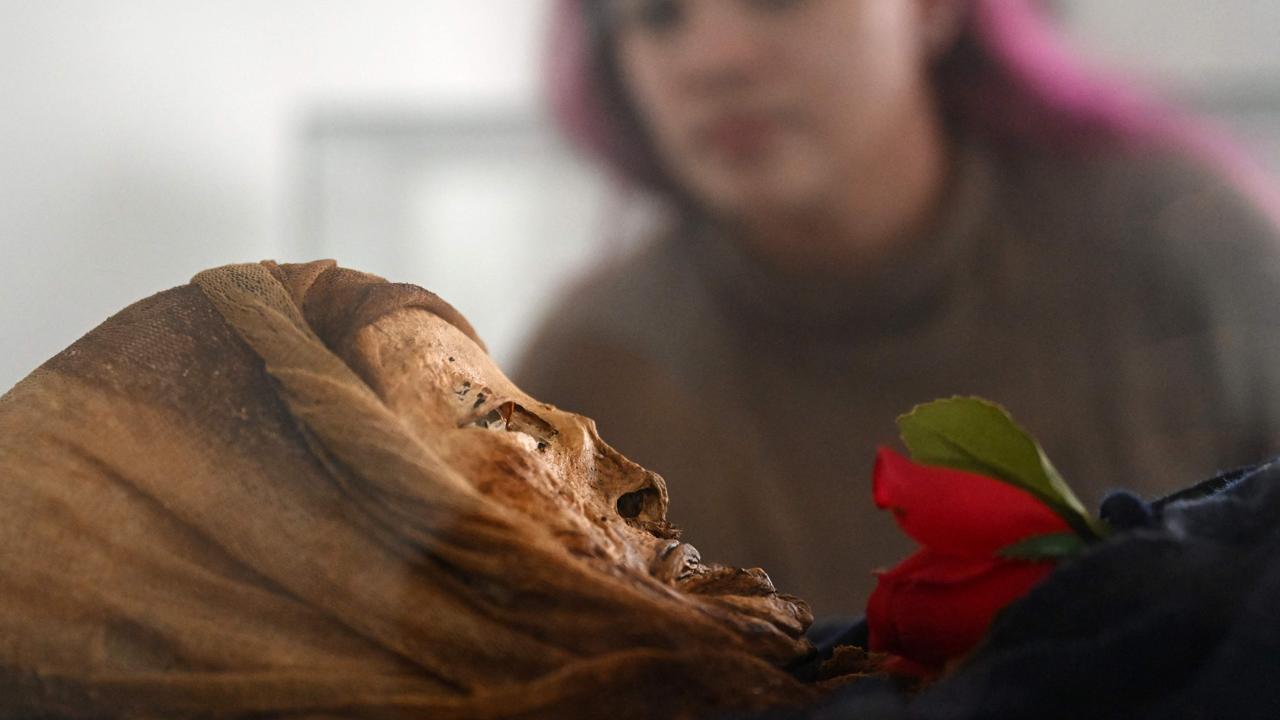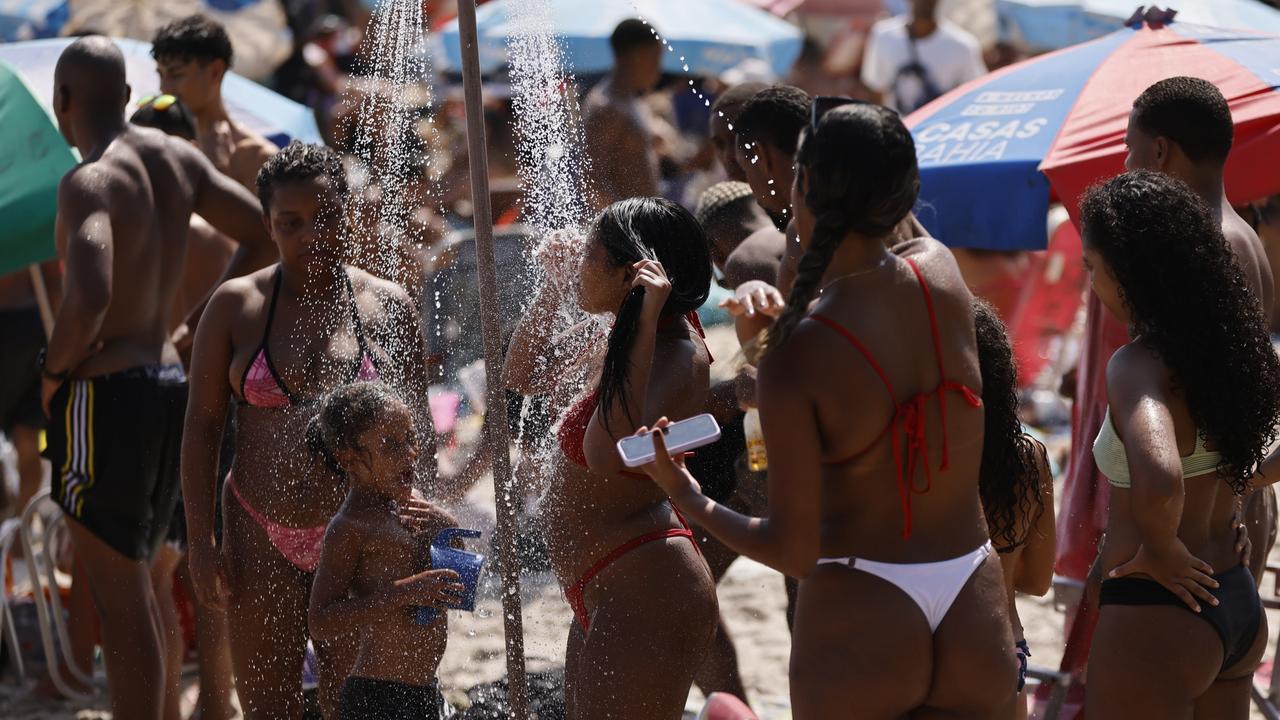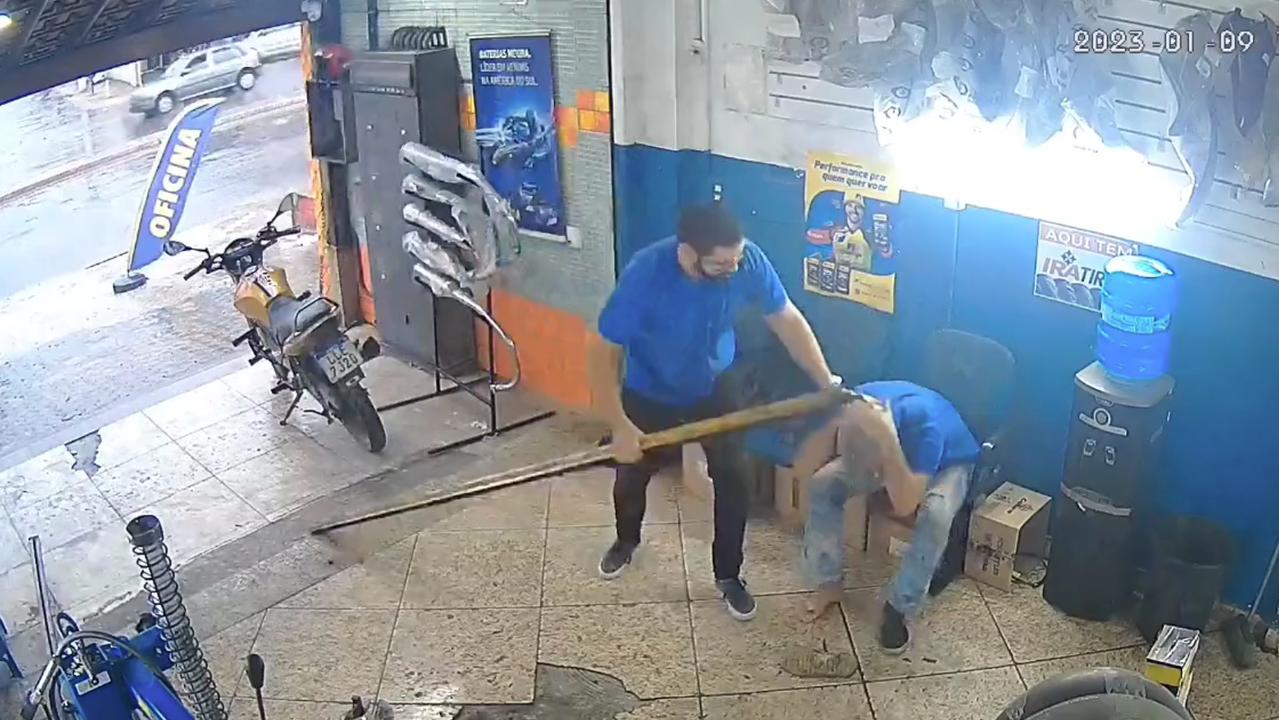Brutal Peruvian gold mine attracting fortune hunters in droves
IT’S MORE than five kilometres above sea level. There is no running water, no sewerage, and no laws. And yet people are arriving in droves.

IT’S MORE than five kilometres above sea level, and it’s one of the harshest cities on Earth.
Besides the lack of oxygen, it has no running water, no sewerage, and no laws. And yet, men and their families are flocking there in droves. La Rinconada is thought to be the highest human habitation in the world, tucked away in the Peruvian Andes, and it’s right next to a gold mine. “Over the last few decades, thousands of men have gravitated to these mountains from small towns all over Peru to try their luck. Some have been here as long as 20 years,” photojournalist Sebastian Castañeda wrote for the BBC. “Few can handle the extreme cold and altitude, while the heat and humidity in the mining tunnels can be almost unbearable.” Somewhere between 30,000 and 50,000 people live in the city, and about 68 per cent of them are live below the poverty line. Big companies like Rio Tinto have a presence in Peru, extracting copper, silver and zinc. The small gold mines, however, are unregulated and unsafe, and workers are not paid. “This system is usually described as 30 days of unpaid work followed by a single frantic day in which workers get to keep whatever gold they can haul out for themselves,” reported William Finnegan for the New Yorker. A recent effort to reform the system into a national salary model was widely opposed. “[The current system] offers a greater chance to earn money — not to mention the opportunity to smuggle gold from the mine during unpaid days,” noted Sebastian Castañeda. They pocket a few rocks a day, trading it in town. Profits are either sent to family, or reinvested in mining. The population fluctuates according to the price — booming between 2001 and 2012 when the value of gold skyrocketed, and drifting off again in recent years. At the end of each day, workers trek one kilometre back to La Rinconada, scampering over slippery rocks, wading through icy mud, and navigating piles of frozen garbage. Most buildings are simple lean-tos, constructed with cheap corrugated iron. There is no modern heating, and little insulation against the elements. Streets are prone to flooding with the snowmelt, and commonly used as public toilets. Acute respiratory and diarrhoeal infections are common, but it gets worse. “The nearby lakes from which many residents collect water are polluted, contaminated by discarded mercury that is used to separate the gold from the stones,” reports the BBC. Fredy Rios, a doctor at the rudimentary health clinic, told the New Yorker about 30 people die each year from mining accidents — explosives, collapses, asphyxiation — and 70 more due from shootings and stabbings. Brawls are commonplace, most times over women. There’s little do to other than visit bars and brothels. Without an established law enforcement, violence and drunkenness go unpunished. “This is no place for kids,” 14-year-old Senna told CNN in 2013. Her father died after years toiling down the mines, and though he never had the chance to go to school, he dreamt of becoming an engineer. “I would like to study marketing, law and engineering, but more than anything else, I want to be a poet. A great poet,” she told journalist Ryan Bergeron. But like everything else in La Rinconada, it’s unlikely.




